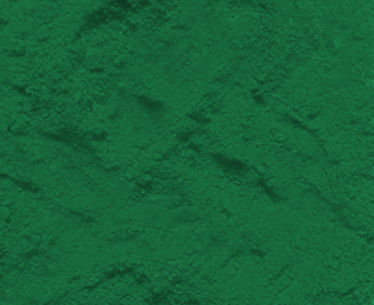Researchers in the United States have developed a new nano coating
2024-05-19
Researchers in the United States have developed a new nano coating that only requires an extremely thin layer to produce sufficient color effects, and the amount of only 0.4 grams per square meter is the lightest coating available.
A research team at the University of Central Florida in the United States recently reported in the journal Science Advances that a Boeing 747 aircraft needs to use about 500 kilograms of traditional paint, if changed to this paint, it needs only 1.3 kilograms. The new coating production process is relatively simple and is suitable for a variety of surfaces.
The nanocoatings employ a color rendering technique known as "structural color," which uses the physico-optical properties of a substance's microscopic structure to render color without the need for pigments. Structural color phenomena exist widely in nature, such as butterfly wings, peacock feathers and so on.
Current commercial coatings are based on pigments, which produce color effects by absorbing specific wavelengths of light from pigment molecules. Nanostructured color coatings are more stable than pigment coatings, do not fade, and pollute less. But previous methods of preparing such coatings were often costly and inefficient, making them unsuitable for mass production.
Researchers at the University of Central Florida used a mirror layer of aluminum as a substrate, coated with a layer of aluminum oxide, and then used the electron beam evaporation technology widely used in the semiconductor industry to deposit aluminum nanoparticles on the substrate to form an unconnected, archipelage-like "nanoisland." This "nano-island" particle layer with alumina layer and aluminum mirror sandwich structure has unique optical properties. The distance between the "nanoislands" and the thickness of the alumina layer determine what wavelength of light the structure can resonate with and what color it appears, and adjusting the deposition speed can change the color of the material.
During the preparation process, the entire structure is attached to a layer of water-soluble polymer, which is removed after preparation to obtain a fragmented nanostructured color material. The researchers mixed the material with flaxseed oil to create a paint that can be applied to a variety of surfaces. The results show that a coating 100 to 150 nanometers thick can achieve a full-color effect, while traditional coatings require a thickness of several microns (1 micron =1000 nanometers) to do so.
In addition, due to the inherent nature of the structural color phenomenon, such materials in the past often have a rainbow effect, that is, the color is not the same from different angles, which is not suitable in many coating applications. The new material has overcome this shortcoming to a large extent, and thus has a broader application prospect.




